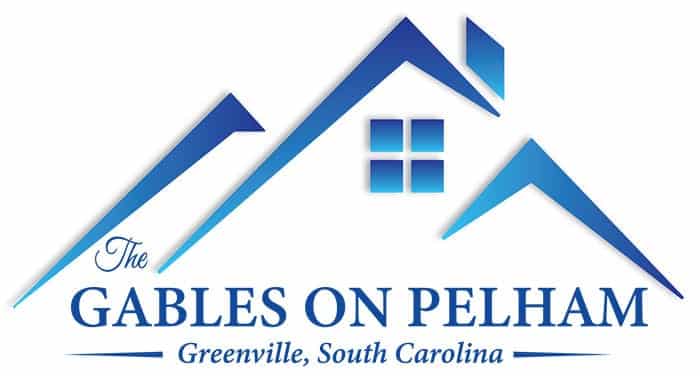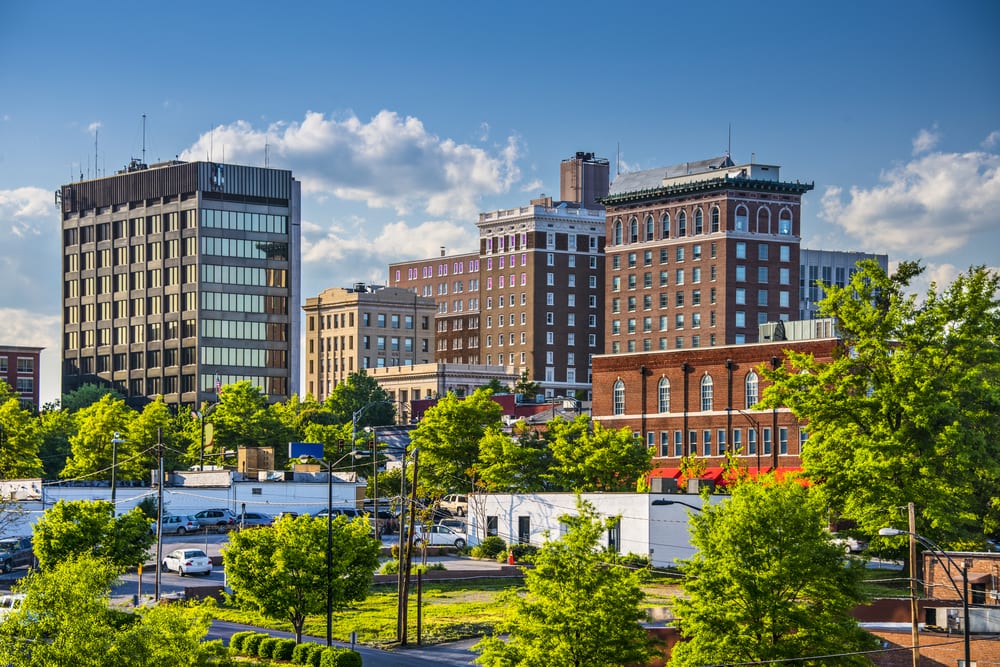As the most populated county in South Carolina, Greenville certainly has a lot to offer. You probably know Greenville for its signature outdoor beauty, unparalleled dining scene, and reputation as a cutting-edge hub of industry. However, the town’s history might surprise you. If you’re planning a visit to the area, make sure to get to know the history of Greenville, South Carolina – especially so you can see how far we’ve come.
History of Greenville, South Carolina
Early Days
According to Visit Greenville, Greenville has its roots in 1770 when Richard Pearis, a Native American trader from Virginia, received about 100,000 acres of hunting lands from the Cherokee tribe. Pearis then set up a plantation on the banks of the Reedy River – a plantation that stood where downtown Greenville stands today. After the Revolutionary War, the state legislature formed Greenville (originally spelled Greeneville) County in 1786, naming it for General Nathanael Greene, the hero of the American southern campaign during the Revolutionary War.
Moving into Modern Times
Historians at the City of Greenville explain what happened next. Greenville continued to grow rapidly after the Revolutionary War. In December 1853, the first Greenville and Columbia Railroad train arrived at a depot in the town, which made it much easier to travel to Greenville from the rest of the state. Unfortunately, Greenville’s progress was halted during the Civil War. At that point, the town became a refuge for low country residents fleeing from federal troops. However, things quickly looked up after the war ended. At that point, the town sent a bi-racial delegation to a convention that wrote a new state constitution in 1868. The constitution ended slavery in South Carolina. It also ensured free public education, property rights for women, and the vote for Black men.
Turn of the Century
Greenville’s population surged soon after the turn of the twentieth century. The Great Migration of 1905 brought new Black residents to Greenville in search of new opportunities, and residential electricity and paved streets improved overall quality of life for all residents. Several neighborhoods sprang up, including Boyce Lawn (now the Pettigru Street Historic District), Hampton-Pinckney, and Earle Street, while upscale new hotels like the Ottaray and the Imperial opened to accommodate new visitors. By 1917, Greenville was a full-blown mill town, even proclaiming itself the “Textile Center of the South.” At one point, the mills were running an average of three shifts daily. The future looked bright.
A Thriving Southern Hub
Greenville remained a major factory hub into the late 1900s, when French tire manufacturer Michelin brought its North American headquarters to the area in 1986. Shortly after, German automaker BMW arrived in Greenville. Now, Greenville boasts more than 250 international firms and the most foreign investment per capita in the U.S. Greenville County is also the most populated county in the State of South Carolina. One look at Greenville’s gorgeous downtown skyline, state-of-the-art hotels, and iconic multi-use complexes, and you’ll see that Greenville’s growth is just getting started.
_____
Intrigued by the history of Greenville, South Carolina? If you’d like to learn more about Greenville’s fascinating background and Southern hospitality, you might consider retiring in our idyllic Southern community. With cutting-edge modern amenities, old-school Southern charm, award-winning dining, and much more, Greenville truly is the best of both worlds.
Are you planning to retire in Greenville? Be sure to check out The Gables on Pelham, a continuing care retirement community that welcomes seniors from all walks of life. We offer flexible and personalized care, including assisted living, memory care, skilled nursing, and rehabilitation. You’ll love our cozy accommodations, fun-filled events calendar, and welcoming community atmosphere. To learn more, please schedule a tour or give us a call at 864-286-6600.

